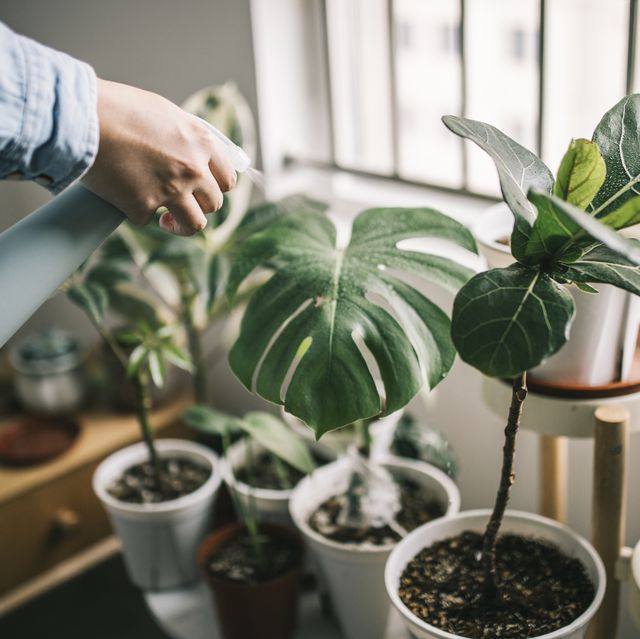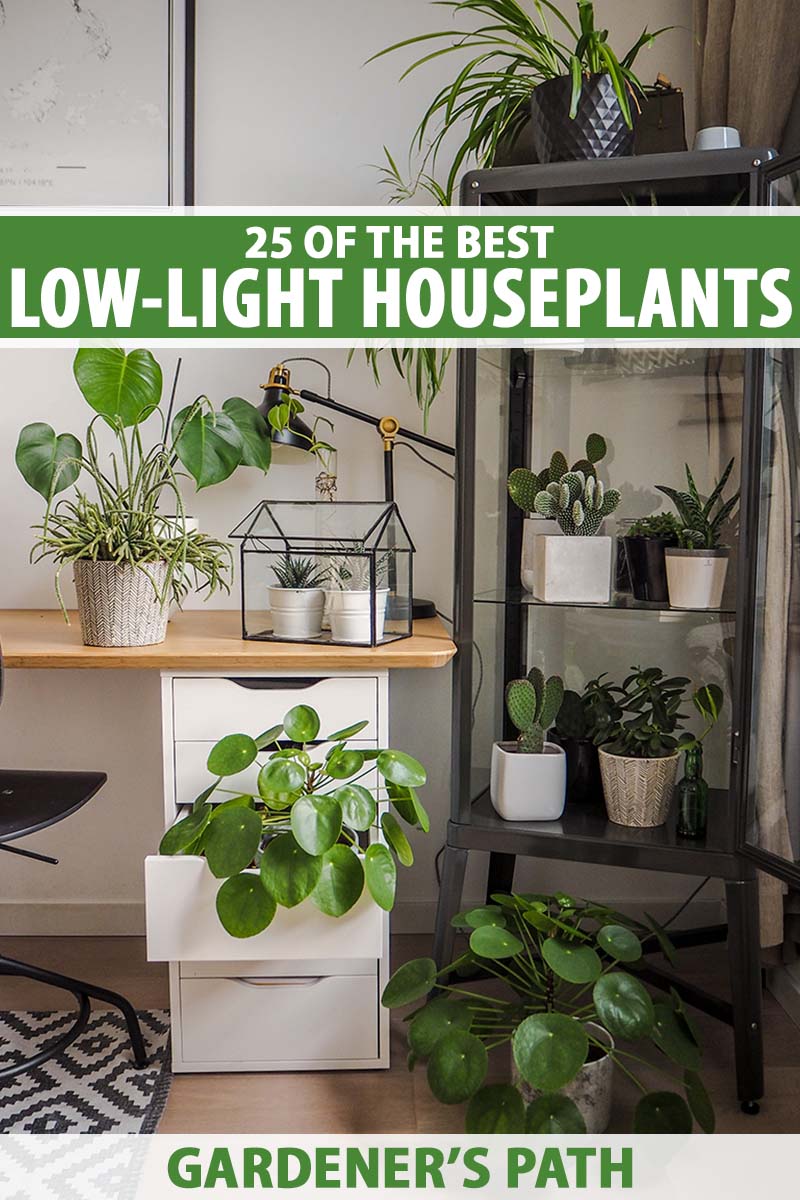Create a Lush Indoor Oasis with the Best Low-Light Indoor Plants
Create a Lush Indoor Oasis with the Best Low-Light Indoor Plants
Blog Article
Uncover the Keys of Low-Light Indoor Plants and How They Enhance Your Environment
Low-light interior plants have gathered increasing focus for their distinct capability to boost both visual appeal and ecological quality within workplaces and homes. These durable species, including the Serpent Plant and Peace Lily, not only flourish in challenging illumination conditions but additionally play an essential duty in air purification and psychological well-being.
Advantages of Low-Light Indoor Plants
Although lots of people presume that indoor plants need plentiful sunshine to grow, low-light indoor plants supply a plethora of advantages that make them ideal for different environments. Among the primary benefits is their adaptability; they can prosper in areas with restricted all-natural light, such as workplaces, basements, or rooms with little windows. This attribute permits people to improve their environments with greenery, adding to enhanced looks without the requirement for comprehensive illumination alterations.
Moreover, low-light indoor plants can significantly improve indoor air top quality by releasing and filtering harmful contaminants oxygen, making living areas healthier. Study has shown that certain ranges can take in toxins, thus advertising a cleaner atmosphere. Furthermore, they can boost psychological health by reducing stress and raising performance. The visibility of plants has been linked to greater sensations of harmony and focus.
Additionally, low-light plants often call for less upkeep than their sun-loving equivalents, making them suitable for busy people or those new to gardening. Their strength allows them to love very little intervention, thus giving a satisfying experience for plant enthusiasts and beginners alike. In recap, low-light interior plants serve both visual and useful objectives, making them valuable enhancements to any type of space.
Leading Low-Light Plant Selections
Low-light interior plants come in a selection of varieties, each offering one-of-a-kind attributes and advantages suited for dim atmospheres. Amongst one of the most popular ranges is the Serpent Plant (Sansevieria), recognized for its architectural fallen leaves and air-purifying capacities. This resistant plant thrives on disregard and can endure a vast array of light conditions.
Another outstanding option is the ZZ Plant (Zamioculcas zamiifolia), which features glossy, dark eco-friendly leaves and is extremely drought-tolerant. Its versatility makes it a preferred for workplaces and homes with minimal sunshine.
The Pothos (Epipremnum aureum) is likewise a leading competitor, with its tracking vines and heart-shaped leaves - Best low-light indoor plants. This flexible plant can be trained to climb or cascade, adding aesthetic interest to any type of space

Care Tips for Low-Light Plants
Taking care of low-light interior plants requires a nuanced understanding of their specific demands to guarantee optimum development and vitality. Initially, it is vital to select the appropriate potting mix, as a well-draining soil is essential to stop root rot. A blend made for houseplants, commonly including peat moss and perlite, works well for most low-light varieties.
Watering is an additional crucial aspect of treatment. Low-light plants normally need less constant watering contrasted to their sun-loving equivalents.
Fertilization needs to be come close to with caution. During the growing period, a watered down fluid fertilizer can be used monthly, yet in winter season, lots of low-light plants get in inactivity and call for little to browse this site no fertilizing.
Lastly, it is essential to occasionally cleanse the fallen leaves to remove dust, permitting much better light absorption. By sticking to these care ideas, you can cultivate a successful atmosphere for your low-light interior plants, improving both their look and durability.
Enhancing Air High Quality With Plants
Indoor plants play a substantial duty in enhancing air top quality within homes and workplace spaces. Through the procedure of photosynthesis, these plants take in co2 and release oxygen, adding to a much healthier environment. Furthermore, certain low-light indoor plants possess the ability to filter hazardous contaminants, such as formaldehyde, benzene, and trichloroethylene, which are typically found in interior atmospheres.

Moreover, the existence of interior plants can enhance moisture levels, which assists alleviate dry skin and respiratory system issues, better boosting overall health. This capability to improve air top quality not just advertises physical health yet likewise supports mental health.
Integrating low-light indoor plants into your living and functioning spaces can cause a more vivid and invigorating environment (Best low-light indoor plants). Investing in these all-natural air cleansers is an easy yet reliable strategy for improving interior air top quality and fostering a healthier way of life
Developing a Calm Indoor Space
The combination of plants right into living rooms not just boosts air quality but also adds to a serene ambience. Low-light interior plants, such as snake plants and pothos, are especially efficient in producing a calm setting, as they grow in problems that might or else be inhospitable for various other plant. Their lavish vegetation provides a calming aesthetic, decreasing stress and anxiety and advertising leisure.
Including these plants right into your office or home can evoke a sense of tranquility and health. Strategically positioning them in locations where you spend significant time, such as living rooms or work spaces, enables for an immersive experience with nature, which has been revealed to enhance mood and cognitive feature.
In addition, the gentle movement of fallen leaves in feedback to air movement can produce a dynamic aesthetic aspect that enhances the total setting. Think about utilizing a variety of plant elevations and structures to include deepness and interest to your area. With thoughtful placement and treatment, low-light interior plants can transform any kind of location into a calm haven, cultivating not only aesthetic complete satisfaction but emotional and also emotional health.

Final Thought
Integrating low-light interior plants right into various settings returns significant benefits, consisting of improved air high quality and enhanced visual charm. The transformative power of low-light plants underscores their value in boosting both job-related and household setups.
Although lots of people presume that indoor plants require bountiful sunshine Resources to grow, low-light interior plants supply a plethora of benefits that make them ideal for various settings.Furthermore, low-light interior plants can substantially enhance indoor air high quality by launching and filtering damaging toxic substances oxygen, making living areas healthier. Additionally, particular low-light interior plants possess the capacity to filter dangerous contaminants, such as formaldehyde, benzene, and trichloroethylene, which are generally discovered in interior environments.
Low-light interior plants, such as snake plants and pothos, are specifically effective in developing a peaceful environment, as they thrive in problems that may otherwise be inhospitable for various other plant.Including low-light indoor plants into different atmospheres returns substantial advantages, including boosted air quality and boosted aesthetic allure.
Report this page